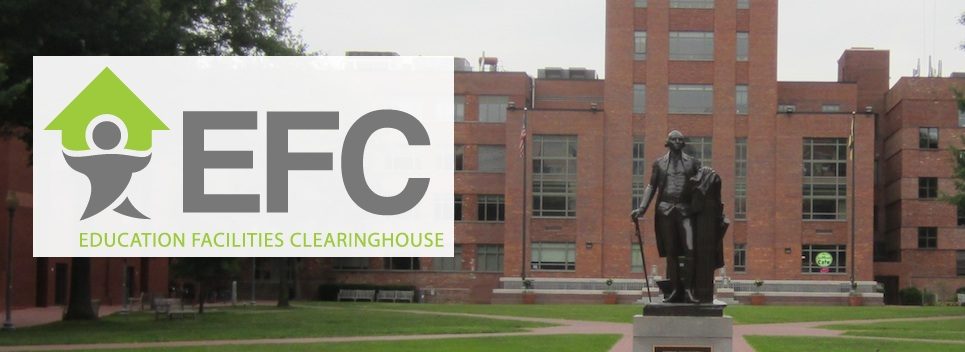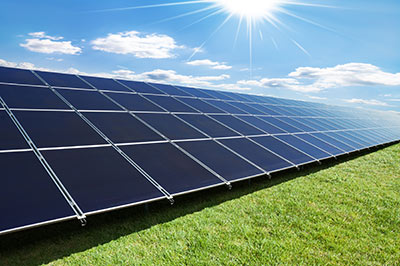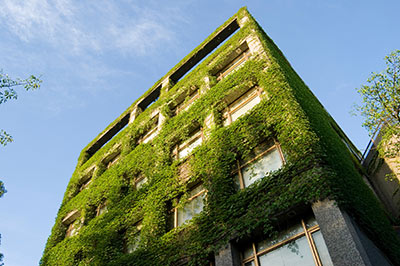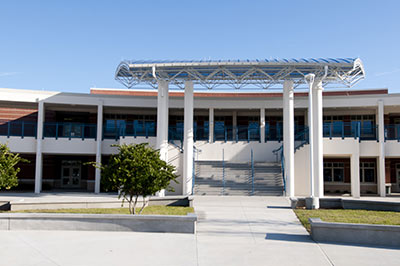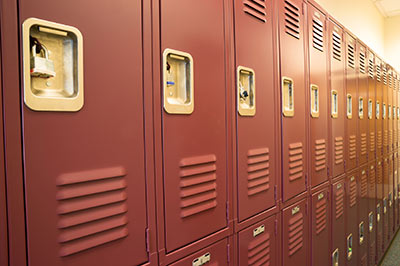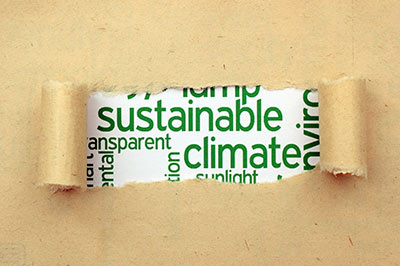Kim, Hong, & Koo, 2012
Green-roof systems offer various benefits to man and nature, such as establishing ecological environments, improving landscape and air quality, and offering pleasant living environments. This study aimed to develop an optimal-scenario selection model that considers both the economic and the environmental effect in applying GRSs to educational facilities. The following process was carried out: (i) 15 GRSs scenarios were established by combining three soil and five plant types and (ii) the results of the life cycle CO2 analyses with the GRSs scenarios were converted to an economic value using certified emission reductions (CERs) carbon credits. Life cycle cost (LCC) analyses were performed based on these results. The results showed that when considering only the currently realized economic value, the conventional roof system is superior to the GRSs. However, the LCC analysis that included the environmental value, revealed that compared to the conventional roof system, the following six GRSs scenarios are superior (cost reduction; reduction ratio; in descending order): scenarios 13 ($195,229; 11.0%), 3 ($188,178; 10.6%), 8 ($181,558; 10.3%), 12 ($130,464; 7.4%), 2 ($124,566; 7.0%), and 7 ($113,931; 6.4%). Although the effect is relatively small in terms of cost reduction, environmental value attributes cannot be ignored in terms of the reduction ratio.
View Article
